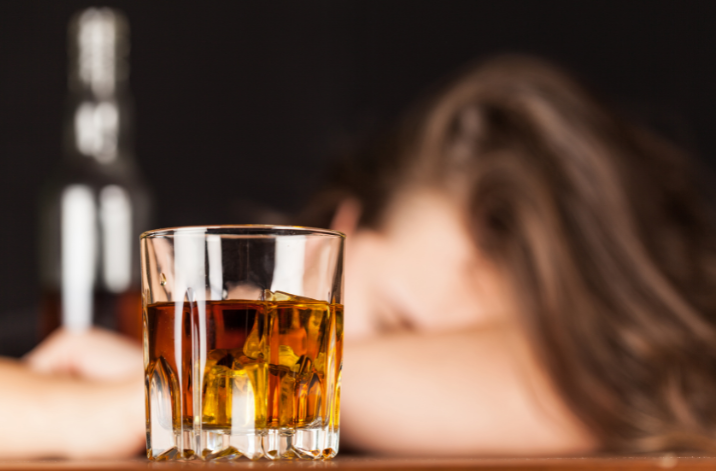by Sami Ryan
“We all act like it’s just fun, that everyone’s having a good time. But being here today and hearing everyone’s story, you realize that everyone is also struggling with it, either with family and addiction, or friends going too far. There’s more to it, for all of us.”
–High school student, Northern California
I overheard this comment from a student at one of our Alcohol, Tobacco, and Other Drugs (ATOD) Prevention Trainings, and it stuck with me. When ATODs are such a pervasive and prevalent issue facing teens, especially vaping, how do we help them connect with one another and provide space for them to share their stories in a safe, meaningful way? When given permission to be vulnerable, to open up to one another, we see time and again that students are desperate for connection, beyond their Snaps or Instagram posts. They want validation that the problems they are struggling with aren’t unique to them.
The big question, the one we are constantly working on here at Community Matters, is how can we connect young people to one another, deeply and meaningfully, so that they can answer their own questions and enlist support from each other? The answer, we have found, lies in our peer-to-peer framework which postulates the following: engage, empower, and equip young people to be contributors, not just consumers, at their school. When young people feel valued, seen, and heard, they will begin working towards creating a better school.
With this fundamental principle as our foundation, the ATOD Prevention Training addresses the perpetual problem of teen alcohol and drug use, abuse, and misuse. While other alcohol and drug prevention trainings might suggest a “just say no” approach or rely on fear-based teaching, Community Matters focuses on empowering youth. The question we ask is: can we encourage young people to become upstanders, increasing their likelihood of standing up and speaking up when they witness dangerous or unhealthy choices being made by their friends?
The ATOD training design provides a safe, structured, deep dive into the unique experiences, beliefs, values, and assumptions youth have around ATODs. Once they realize how complex their own feelings are towards ATODs, and recognize that other students are grappling with this ambivalence, the conversations deepen, the connections grow, and they begin to realize how important it is to learn what to do or say when they see their friends entering dangerous situations.
The most meaningful point in the training I’ve witnessed is when participants drop into a Restorative Circle together. With guidelines such as listen from the heart, speak from the heart, say just enough, and don’t rehearse, the students begin sharing with each other, and eventually dive deeper when asked to answer “Who is harmed and how by ATODs.” As students begin sharing, the energy in the room changes. Students frequently say that they share things in that circle they haven’t ever spoken aloud to another person. There is immeasurable power in being heard, of sharing your story, of opening up to your peers and having them respond with empathy, compassion, and ultimately, understanding. An understanding that says “I see your pain, and I recognize it, because I too have experienced a loss that could have been prevented.”
At this stage of opening and increased awareness we then ask students if they are ready to learn tools and techniques on what to do or say to support their friends in making healthy and safe decisions around ATODs. It is a moment of transformation as the students become eager for ways to prevent a future story from being shared in a future circle of a tragic ending to a preventable situation. By the end of the second day of training, students have learned six “Upstander Actions,” communication skills such as Exiting, Supporting, Reasoning, Active Listening, Directing, and Getting Help, in order to develop their toolbox of being an Upstander.
As trainers and program designers, we can’t take credit for much. We can set the stage, hold space, initiate conversations, facilitate not as a sage on the stage but as a guide on the side. But at the end of the day, it’s the courage and compassion that lives in each student we are lucky enough to meet; the courage that helps us step up when it’s easier to step back, to speak up instead of stay silent.
So, the answer is yes: waking up the courage and compassion of young people does in fact increase their likelihood of standing up and speaking up when they witness dangerous or unhealthy choices being made by their friends with drugs and alcohol.
Now that we’ve found a way that is working, it is our responsibility to keep going.
For more information on Community Matters’ ATOD Prevention Prevention visit https://community-matters.org/programs-services/youth-empowerment-programs/atod-prevention/
Sami Ryan is a former Training and Program Development Coordinator for Community Matters. She worked on the design and development of Youth Empowerment Trainings, as well as training youth directly in the field. Sami supported the development of Community Matters’ ATOD program in addition to delivering this training in schools in Northern California.
